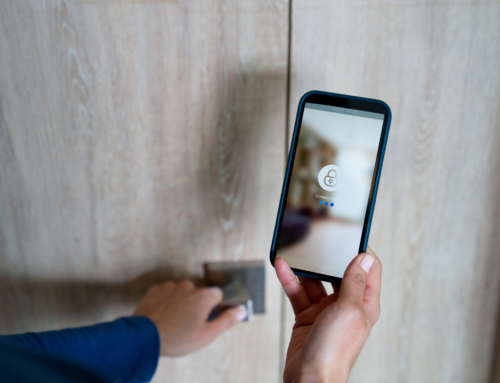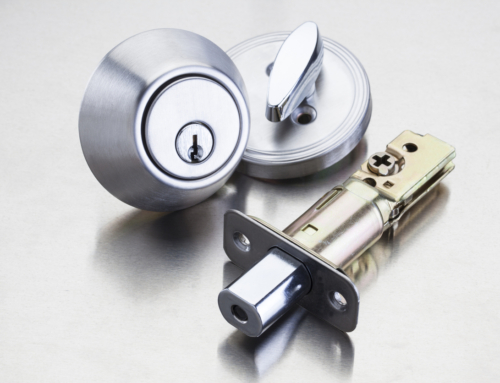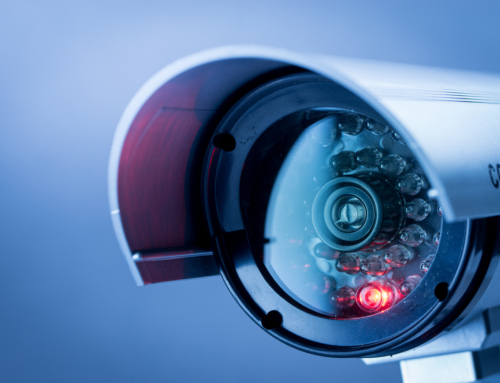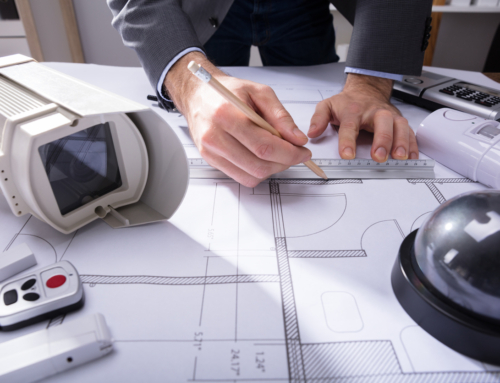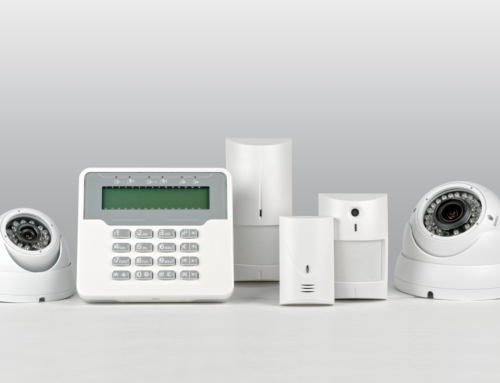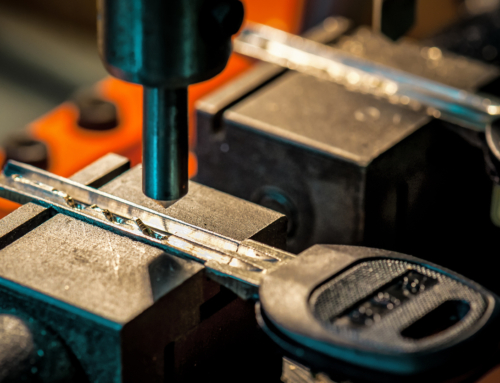
Alarm Systems: Which Alarm Sensors Are Right For You?
Most home, business, or building owners don’t think they need a security system . . . until they absolutely do. The simple truth is, alarm systems are effective. 80% of burglars check for an alarm first, and if one is noticed, 60% of those burglars would go elsewhere. There’s no need to wait until you need security when there are many options available to you now.
A&B Security believes it’s better to be proactive with reliable alarm systems in place, to protect your home, business, or building from unwanted activity. If a sensor isn’t enough, we can also help you with unique custom security plans, reliable biometric locks & safes, and security cameras here.
Alarm System Sensors to Ward Off Intruders
There are plenty of benefits to installing sensors because they offer more than just a deterrent to potential intruders. They also provide you with a wide range of security, allow for some extra peace of mind, and most systems are adjustable to fit your specific security needs. Do you need a noticeable alarm to sound off? Or is a more discreet notification sent to your phone best? Are you purely concerned about break-ins and property damage? Or should all types of motion be detected? These questions help determine what type of sensor will serve you best.
There are three main types of alarm sensors that help protect you against intrusions: door and window sensors, glass break sensors, and motion detectors. A quick google search will show you just how many different types and brands of these systems are available to you, from fire and smoke detectors to glass break sensors. When it comes to detecting unwanted activity, we recommend these quality alarm systems, which will notify you of any physical movement or property damage identified within its range.
Door and Window Sensors
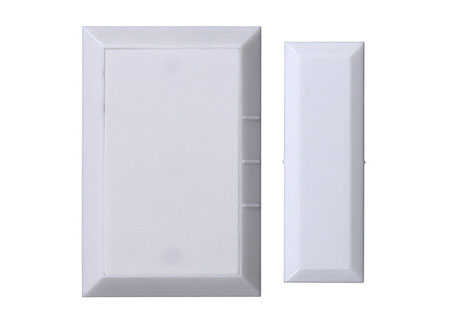
Door and window sensors are contact sensors, composed of reed switches and magnets. Once the magnet is pulled from the sensor when the door or window is opened, the reed switch circuit is broken and an entry chime will notify you when someone is entering or leaving. There are a variety of sensor options for you, from recessed to surface mounted, and you will be immediately notified when your doors or windows are opened.
Door and window sensors can be placed on anything you want to know is being pulled apart or moved, like cabinets or drawers, but are most commonly fixated on doors and windows. For good reason, too. “A 2018 research study by the Department of Criminal Justice and Criminology at the University of North Carolina surveyed more than 400 convicted burglars about how they accessed the homes they robbed. From their findings, we learned that most burglars used doors or windows that were already open or that they forced open to enter the home.”
Front doors and windows are the most common break-in points, even if your front door or front windows are unlocked, a door and window sensor would notify you that it is being opened. However, it is worth mentioning that these sensors only trigger alarms for what they are physically attached to. If you have a door sensor, someone could still break in through a window undetected. To prevent this, it’s worth considering a few installations across various entry points to be safe.
Did You Know?
65% of burglars choose to strike between 10am and 3pm
34% of burglars enter through the front door
23% of burglars enter through a window
87% of burglaries are considered preventable
Glass Break Sensors
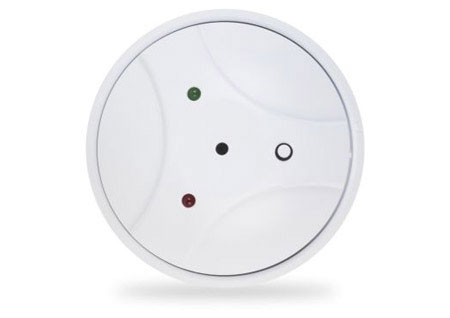
Contrary to door and window sensors, glass break sensors are activated only by the vibration and sound of glass being broken or tampered with. Effective for buildings with multiple windows or glass doors, its sound detection technology analyzes the frequency, intensity, and timing of glass breaking sounds. If tampering or glass break should occur, your sensor will give you a clear indicator of activity based on the sensitivity settings selected at installation.
If you’re not sure where to place your new sensor, your provider’s installation technician will install it for you in the manufacturer’s suggested range. In the right location, its microprocessor can optimally detect tampering. While windows and sliding glass doors are the most common places to install a glass break sensor, they can help protect anything encased in glass or near protective glass.
An added benefit of a glass break sensor is that it can remain active all the time, unlike motion detectors or door and window sensors that may need to be turned off or adjusted daily. However, this sensor will not notify you if the glass is being handled or moved- only tampered with or broken.
Motion Detectors
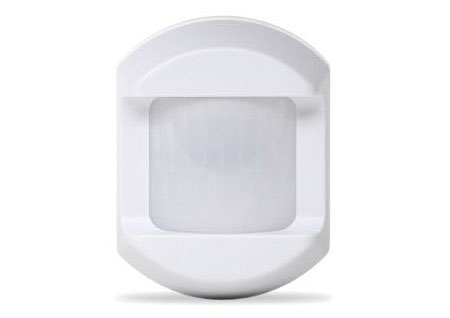
Motion detectors are common additions to alarm systems for most homes, businesses, or buildings. They detect motion by comparing the previous status of a room to the current status. Like most alarm system sensors, motion detector time and sensitivity settings can be adjusted to fit your environment best. With notifications on, you can receive instant reports when movement is detected.
Because these sensors report movement, they are best used to alert you if someone or something is in motion within its range. Whether you’re trying to detect unauthorized movement or simply monitor an entrance, a motion detector is an accessible solution for all types of security concerns.
Leave the Alarm Systems to A&B Security
As a trusted provider for both residential and commercial alarm systems for three decades, we understand no two people will have the same needs. Let us provide you with a custom solution tailored to meet your specific security needs for some extra peace of mind. A quality (and reliable) alarm system is your first defense against an intrusion. Stay safe and secure with help from A&B Security. Contact us today!


